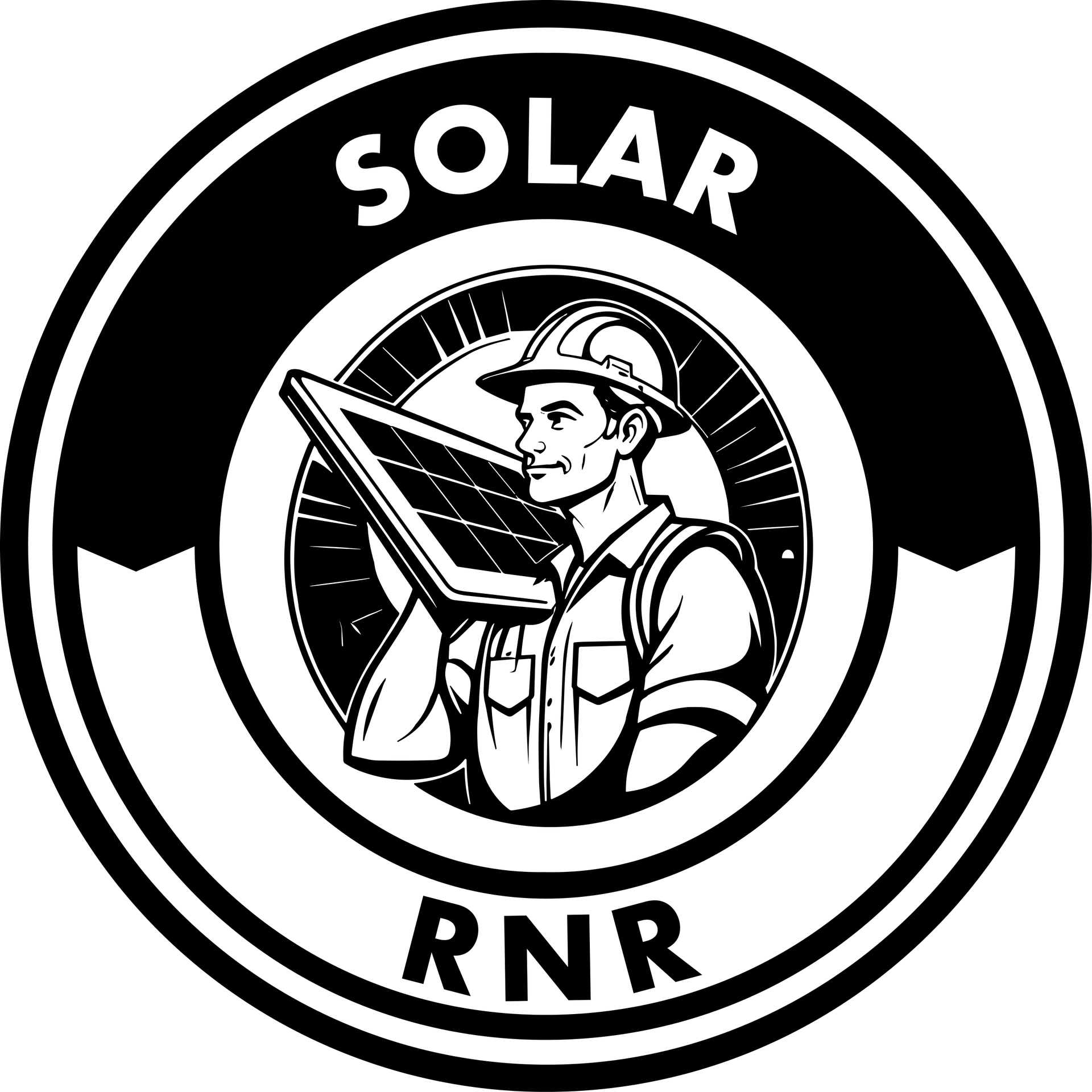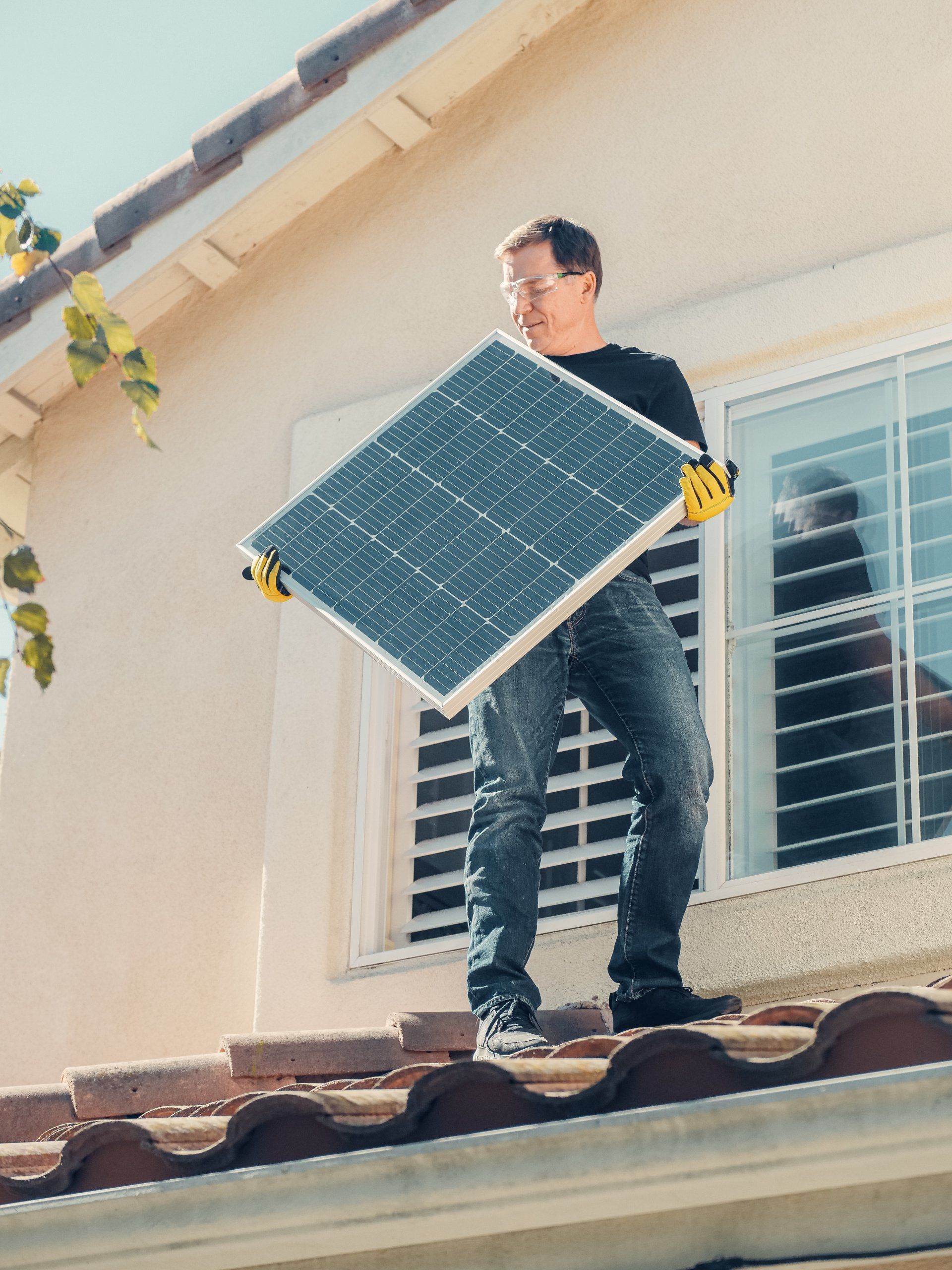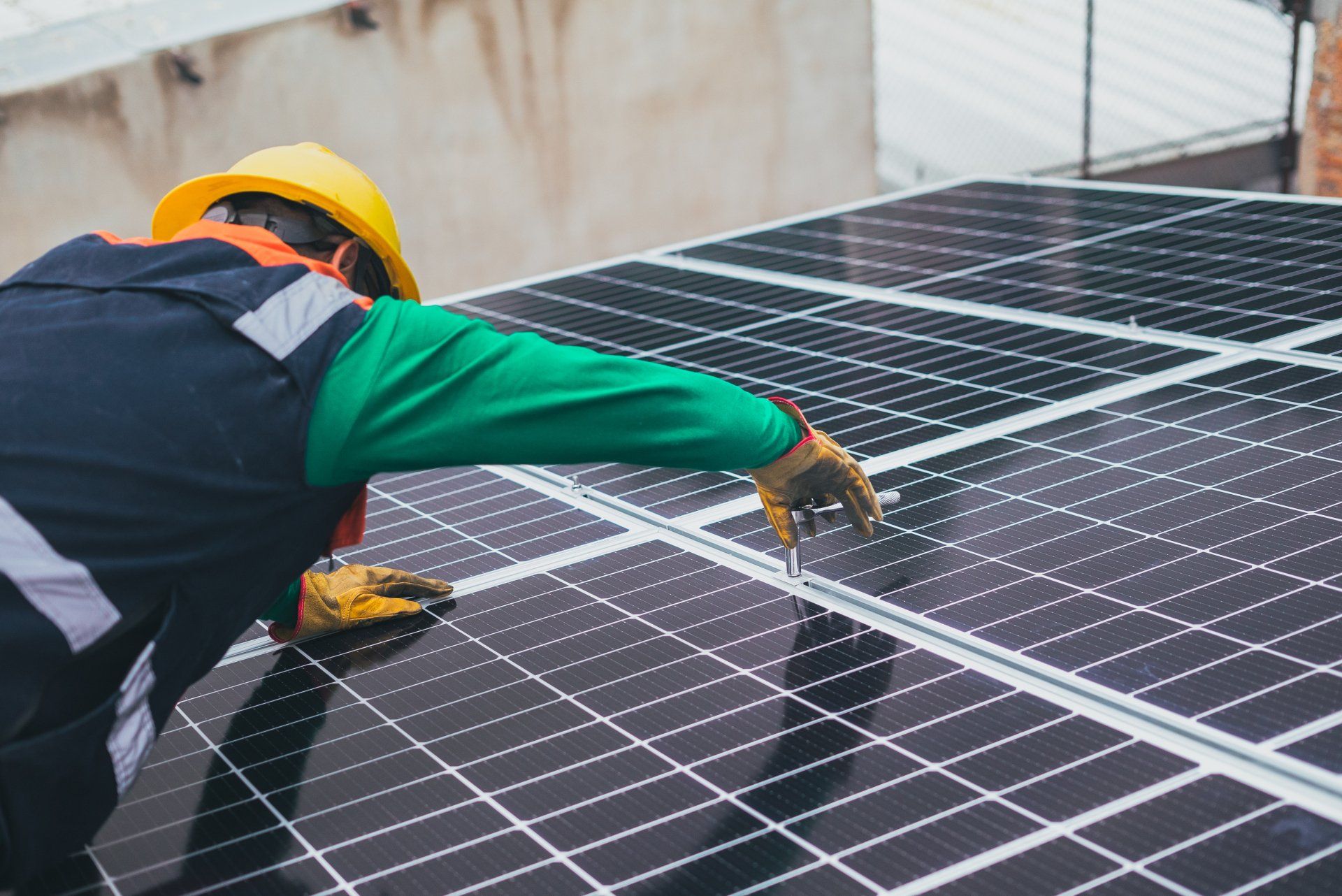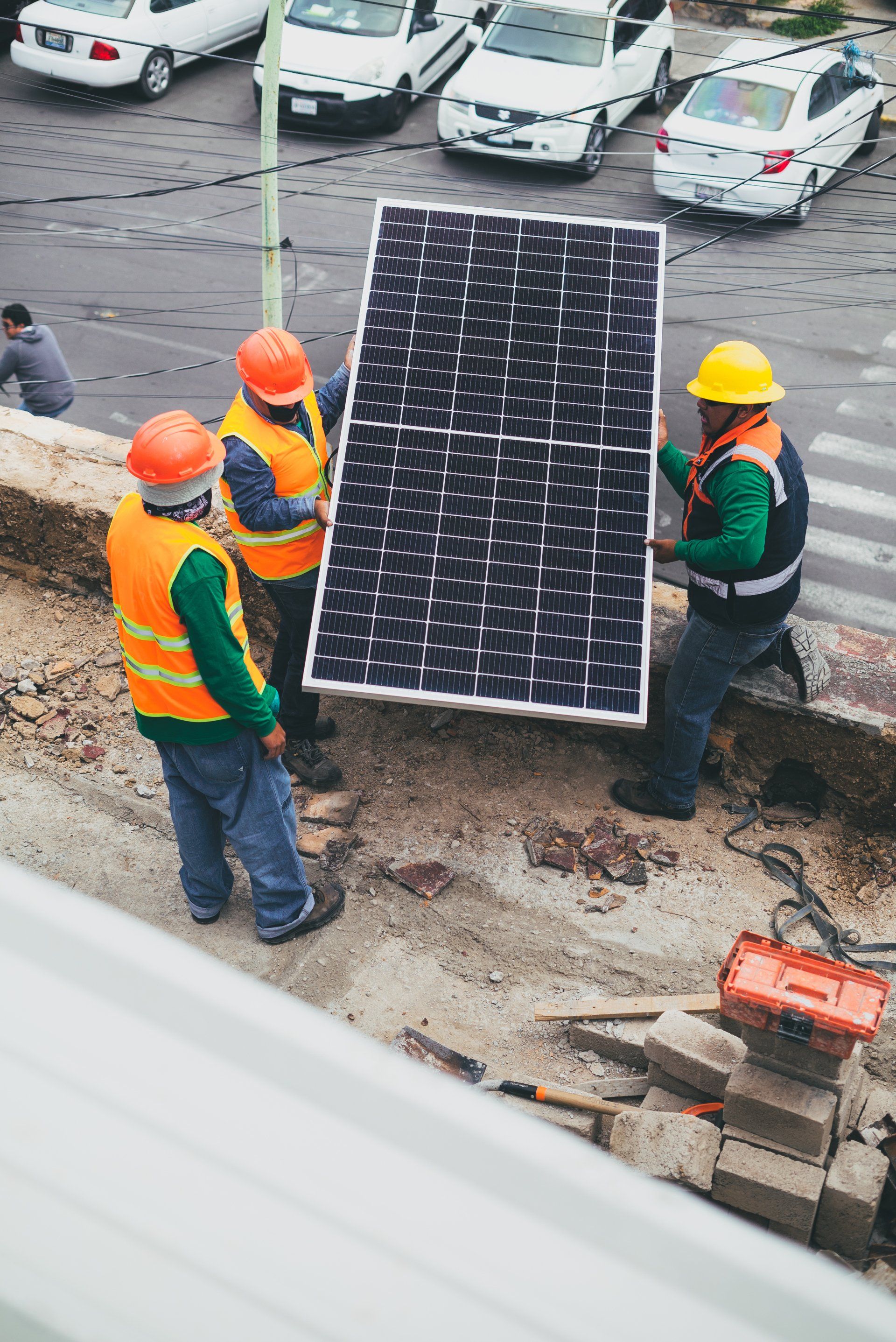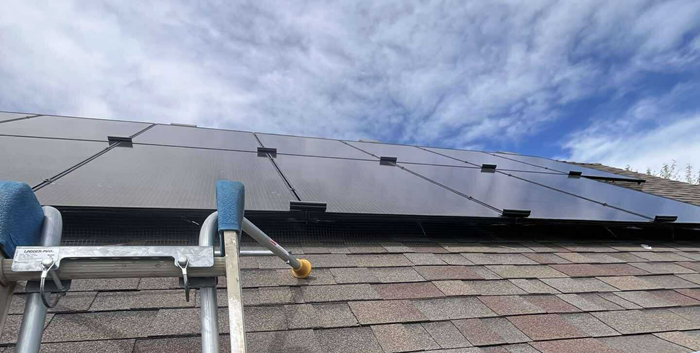Solar Detach and Reset Information
Seasonal Solar Panel Maintenance: Preparing for Summer Heat and Winter Snow
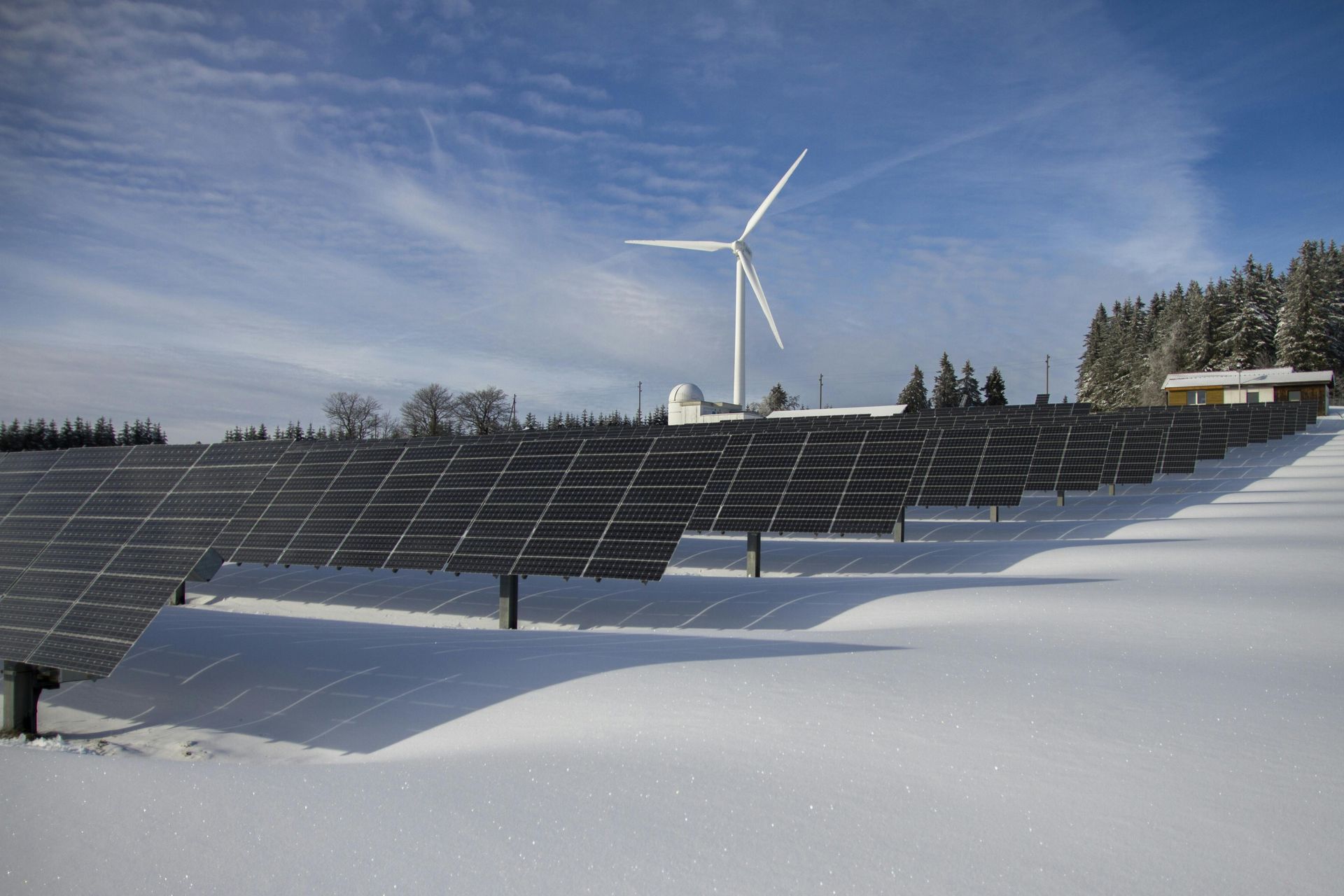
Solar panels are designed to work year-round, no matter the season. But while they’re durable and reliable, different weather conditions bring unique challenges. Summer heat, fall leaves, winter snow, and spring pollen can all affect the efficiency and longevity of your solar system.
That’s why seasonal solar panel maintenance is so important. By adjusting your care routine throughout the year, you can prevent issues, maximize performance, and protect your investment. In this guide, we’ll break down what homeowners should do in each season, and how Solar RNR helps ensure your system stays in top shape through every type of weather.
Why Seasonal Maintenance Matters
Solar systems operate outdoors, exposed to everything nature throws at them. While they’re engineered to withstand rain, wind, and snow, the buildup of debris, extreme temperatures, and shifting weather patterns can all reduce efficiency over time.
Seasonal maintenance helps address these issues before they cause long-term damage. It also ensures your system runs efficiently all year, so you get the most out of your energy savings.
Spring: Cleaning Up After Winter
Spring is a perfect time to inspect and clean your panels. After months of snow, ice, and storms, your system may be carrying dirt or debris that hinders performance.
Key Tasks:
- Remove Pollen and Residue: Spring pollen leaves a sticky layer that rain won’t wash away. This reduces light absorption and efficiency.
- Inspect for Winter Damage: Check for cracks, scratches, or seal damage caused by ice or snow accumulation.
- Trim New Growth: Spring is when trees and plants grow quickly. Trim branches to avoid shading your panels.
- Check Gutters and Roof: Ensure water runoff isn’t blocked by leaves or debris, which could cause pooling near your panels.
Professional Tip: Spring is the best time for a full inspection and cleaning service. Technicians can check wiring, seals, and inverter performance while cleaning away winter grime and pollen buildup.
Summer: Managing Heat and Intense Sunlight
Summer means long days and lots of sunlight, but extreme heat can stress your solar system. While panels actually perform more efficiently in cooler temperatures, the hot summer sun can reduce output if the system overheats.
Key Tasks:
- Check for Shading: Summer trees may grow leaves that cast shadows on your panels. Trim back branches as needed.
- Inspect for Loose Wiring or Equipment: Heat can expand and contract components, loosening connections over time.
- Rinse Dust and Dirt: Dry climates often see dust accumulation in summer. Clean panels to keep them operating efficiently.
- Monitor Production: Your solar monitoring app should show high output in summer. If numbers dip unexpectedly, it may signal a maintenance need.
Professional Tip: Ask about infrared inspections in summer. Professionals use thermal imaging to detect hot spots on panels caused by damage or faulty wiring before they become serious problems.
Fall: Clearing Leaves and Preparing for Snow
Fall brings cooler temperatures and shorter days, but also falling leaves and debris. Preparing your system in fall ensures it’s ready for the snow and storms of winter.
Key Tasks:
- Clear Leaves and Debris: Fallen leaves can block sunlight or clog gutters, leading to water pooling around panels.
- Inspect Mounting Hardware: Windy fall weather can loosen mounts and racking. Tighten and secure all equipment.
- Schedule a System Checkup: Fall inspections can identify problems before snow and ice arrive.
- Test Inverter and Batteries: Ensure your inverter is working properly and battery storage is ready for winter power needs.
Professional Tip: A fall tune-up is an excellent time for technicians to ensure your system is winter-ready. Solar RNR offers seasonal maintenance packages that align with these critical checkpoints.
Winter: Snow, Ice, and Storm Protection
Winter presents the biggest challenges for solar systems, especially in snowy climates. While panels can still generate energy on cold, sunny days, snow accumulation and ice can block sunlight completely.
Key Tasks:
- Remove Snow Safely: Use a soft brush or snow rake designed for solar panels. Never use metal tools that can scratch glass.
- Inspect After Storms: Check for cracks or shifted panels caused by heavy snow or ice.
- Monitor Production Closely: Shorter days and possible snow coverage reduce output. Watch for signs of drops beyond normal seasonal changes.
- Check Inverter: Cold weather can stress components — ensure your inverter is still operating normally.
Professional Tip: Never climb onto a snowy roof to clear panels. Call professionals who have the right tools and safety equipment. Solar RNR provides winter service visits to safely remove snow and inspect systems after major storms.
How Weather Affects Solar Performance
Each season brings its own efficiency challenges:
- Spring: Pollen and storms can dirty panels.
- Summer: High heat reduces efficiency slightly, even with abundant sunlight.
- Fall: Leaves and debris cause shading and water buildup.
- Winter: Snow and ice temporarily stop production until cleared.
By adapting maintenance habits to each season, you’ll minimize losses and keep your system at peak performance year-round.
Seasonal Maintenance Checklist
Here’s a quick overview for homeowners:
- Spring: Clean pollen, inspect for winter damage, trim new growth.
- Summer: Watch for overheating, monitor shading, check wiring.
- Fall: Clear leaves, secure mounts, test inverter, prepare for storms.
- Winter: Remove snow safely, monitor inverter, inspect after storms.
DIY vs. Professional Seasonal Maintenance
Some homeowners may handle small tasks like rinsing panels or trimming branches. But seasonal extremes often require professional expertise.
DIY Pros:
- Cost savings on light cleaning.
- Quick fixes like brushing off leaves.
DIY Cons:
- Dangerous roof access.
- Risk of damaging panels with the wrong tools.
- Inability to test wiring, inverters, or hidden issues.
Professional Pros:
- Thorough inspections using specialized tools.
- Safe cleaning and snow removal.
- Early detection of problems (before efficiency drops).
- Seasonal service packages that save money long-term.
Why Choose Solar RNR for Seasonal Maintenance
At Solar RNR, we understand how Colorado’s seasons affect solar systems. Our seasonal maintenance services include:
- Spring cleaning & inspection after winter storms.
- Summer performance checks with thermal imaging.
- Fall tune-ups to prep for snow.
- Winter snow removal and storm inspections.
We don’t just install solar — we partner with homeowners to keep systems running efficiently all year long.
Conclusion
Solar panels are built to endure every season, but they still benefit from seasonal care. By preparing for spring pollen, summer heat, fall leaves, and winter snow, you’ll maximize performance, protect your investment, and ensure your system lasts for decades.
Whether it’s cleaning, inspections, or storm prep, seasonal maintenance is the key to reliable solar energy. Don’t wait for problems to appear — schedule a seasonal service plan with Solar RNR and keep your solar system operating at peak efficiency no matter what the weather brings.
